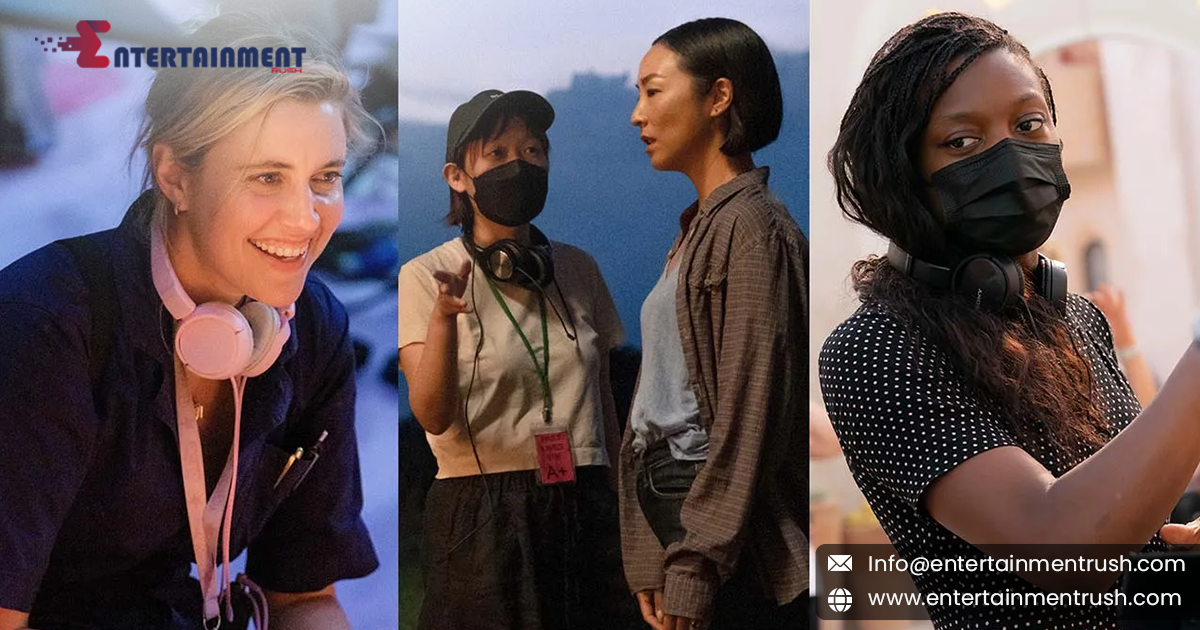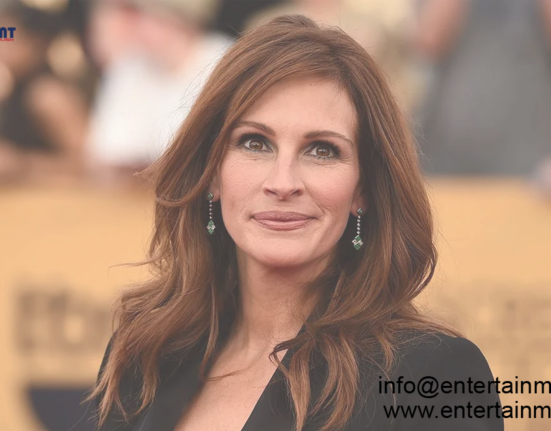In the glamorous world of Hollywood, where spotlights shine on red carpets and celebrities dazzle audiences, there exists a less illuminated realm, where the true architects of cinematic artistry toil behind the scenes. Directors and producers wield immense power in shaping the narratives and visual landscapes that captivate us on the silver screen. However, despite strides toward gender equality in recent years, the film industry still grapples with a stark gender imbalance in these crucial roles, particularly in the United States.
Gender Discrepancies in Behind-the-Scenes Roles
While it’s no secret that women have made significant strides in front of the camera, with actresses breaking barriers and shattering stereotypes, the same progress hasn’t been mirrored behind the scenes. The statistics paint a sobering picture: according to a study by the Center for the Study of Women in Television and Film, in 2020, women comprised only 18% of all directors, writers, producers, executive producers, editors, and cinematographers working on the top 250 domestic grossing films. This underrepresentation is not merely a statistical anomaly; it reflects systemic barriers and entrenched biases that persist within the industry.
The Impact of Seism and Discrimination
One of the primary factors contributing to this gender gap is the pervasive culture of sexism and discrimination that permeates Hollywood. Women directors and producers often face an uphill battle when navigating the industry’s entrenched power structures, where male-dominated networks and old boys’ clubs still hold sway. Stories of gender-based discrimination, harassment, and marginalization abound, revealing the harsh realities that many women in the film industry confront daily.
Limited Opportunities and Male-Centric Paradigms
Moreover, there’s a glaring lack of opportunities afforded to women in key decision-making positions. The film industry operates within a predominantly male-centric paradigm, where male voices are prioritized, and female perspectives are often sidelined or overlooked. This disparity not only perpetuates gender stereotypes and reinforces patriarchal norms but also stifles the diversity of stories and voices that enrich our cinematic landscape.
Consequences for Storytelling and Representation
The consequences of this gender gap extend beyond mere representation; they have profound implications for the stories we tell and the way we perceive the world. When women are excluded from behind-the-scenes roles, the narratives we see on screen are often filtered through a predominantly male lens, resulting in limited and often skewed portrayals of female characters and experiences. This not only diminishes the richness and complexity of storytelling but also perpetuates harmful stereotypes and reinforces gender inequality.
Challenges and Optimism: Breaking Barriers
Despite these challenges, there is cause for optimism. Women filmmakers around the world are increasingly challenging the status quo and pushing boundaries, creating groundbreaking work that defies conventional norms and reshapes our cultural landscape. From Ava DuVernay to Greta Gerwig, women directors and producers are making their mark on cinema, proving that talent knows no gender.
Initiatives and Movements for Change
Initiatives aimed at promoting gender diversity and inclusivity in the film industry are gaining momentum. Organizations like Women In Film and the Geena Davis Institute on Gender in Media are leading the charge in advocating for systemic change and creating opportunities for women in all facets of filmmaking. Additionally, movements like #TimesUp and #MeToo have sparked a much-needed reckoning with the culture of harassment and abuse that pervades the industry, catalyzing meaningful reforms and fostering a more equitable and inclusive environment for all.
Conclusion: Towards an Inclusive Cinematic Landscape
while the gender gap in behind-the-scenes roles in the film industry remains a pressing issue, it is also a catalyst for change. By shining a spotlight on the systemic barriers and biases that perpetuate inequality, we can work towards creating a more inclusive and diverse cinematic landscape. one that celebrates the voices and talents of women directors and producers and reflects the richness and complexity of the human experience. Only then can we truly unlock the full potential of cinema as a transformative art form that transcends boundaries and unites us all.





Leave feedback about this